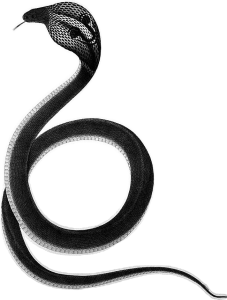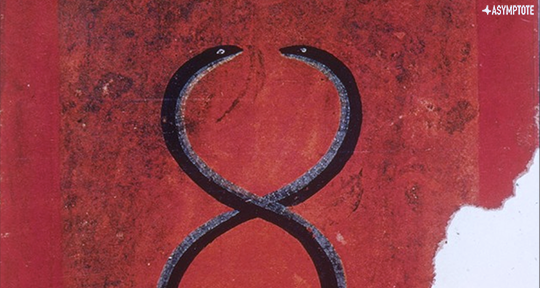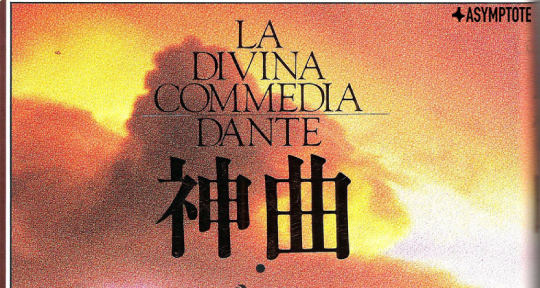In the seven hundredth anniversary of Dante Alighieri’s death, his works remain vividly alive. The ongoing stream of translations and editions of the il Somma Poeta, continuing to hold the world in rapture, is evidential of the text’s mutative and evolving qualities as it immerses itself in each discrete language. With this curiosity in mind, we are presenting a new Dante-centric series on the blog, taking a look at the Italian master’s works through the prisms of its variegating, global journey. First up is Professor Hideyuki Doi of Kyoto’s Ritsumeikan University, an accomplished expert on Italian literature. In the following essay, he traces the history of Dante’s presence in Japan, and discusses why the ancient texts continue to fascinate contemporary writers.
In order to understand Dante’s fortune in Japan, we must travel backwards exactly seventy years, when the first volume of Dante gakkai shi—annals curated by the Japanese Dante Society, founded the year before in collaboration with the Italian Dante Society of Rome—was published.
This release represented a validating acknowledgement of Dante Studies, or Italian Studies, in Japanese academia, reborn anew in the post-war period. For a long time, if the figure of Dante represented for the Italians questions of identity, for the Japanese, it posed questions of existence. In contributing to this cultural conception, there is a poem inspired by Dante’s work, composed by Akiko Yosano in the concise style known as waka or tanka:
Hitori ite hoto iki tsukinu Shinkyoku no Jigoku no kan ni warewo miidezu
Alone I breathe a sigh of relief having not found myself in the Inferno of the Divine Comedy.
This fragment, composed in 1921, restores the ancient form of thirty-one syllables subdivided into five units, and also shows how Dante touched Japanese readers closely. Yosano, today counted among the greatest modern poets, is the highest representative of that Japanese romanticism of the early twentieth century—considered a non-naturalistic aestheticism.
To draft that “Dantesque” poem, Yosano had read the first complete translation of the Comedy, edited by Heizaburō Yamakawa (1914, 1917, 1922), a Christian-inspired man of letters. Yamakawa, like many other Japanese people of that time, was spurred by a worldwide interest in the Florentine poet upon the sixth centenary of his death, as well as a curiosity cultivated by certain writers who had referenced Dante in their own works. For example, the modern novelist par excellence, Sōseki Natsume, in his autobiographic short story London tō (The Tower of London, 1905), described the imposing image of the famous Tower standing in the memories of his years spent studying in the capital—an image compared to that of Dante’s famous gate, which condemns to “eternal pain” those who pass through it. READ MORE…



